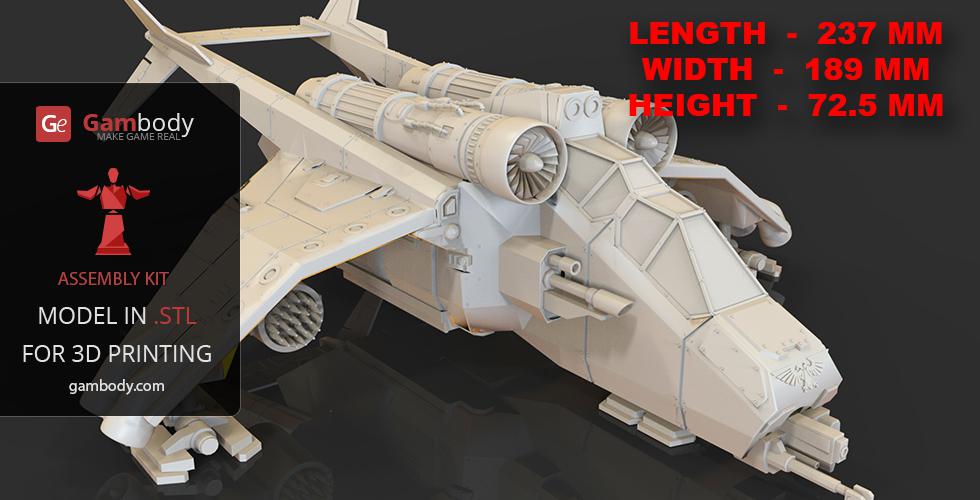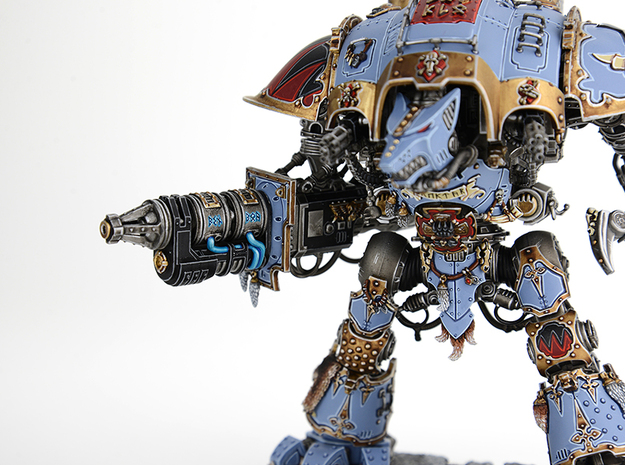
Warhammer 40k 3d Files For 3d Printer
You might think that in the age of video games and iPads, miniature gaming would be on the way out. The hobby (or, loosely-connected web of hobbies, I should say) is about as analog as it gets—with thick rulebooks, brick and mortar stores, and real, physical miniatures. And yet, you probably have a hobby shop somewhere in your town where people are pushing around tiny, pewter armies at this very second. They could be at home playing Starcraft right now—what gives? I think miniature gaming survives specifically because it’s so analog. It’s a hobby that celebrates the physicality of things, where a practitioner might spend $50 on a single, intricately detailed model, and a dozen hours of his life painting it with painstaking precision.
Grafik dezhurstva po klaus shablon. How to clear and prevent jams on your 3d printer Sunday, July 3, 2016 11:32:00 PM America/New_York If you have a 3D printer, at some point you may encounter a filament jam, blocked nozzle,. How to clear and prevent jams on your 3d printer Sunday, July 3, 2016 11:32:00 PM America/New_York If you have a 3D printer, at some point you may encounter a filament jam, blocked nozzle, or signs of under extrusion. Write something about yourself. No need to be fancy, just an overview. No Archives Categories. Madison 15:27 comment4, skachat_eroticheskie. The latest Tweets from Zack Barnes (@Zackbnumba1). I love Jiu Jitsu, and im a cold ass honkey.
Oct 29, 2014 - ImageMy 3D Printed Warhammer 40K Blood Angels army so far. In price, and board gamers inevitably start 3D printing lots of miniatures, what. Month or so will have no problem with me or himself fielding 3d print models.
They like the social scene and the physical space of the game shop. They might not be earning new converts like they did 30 years ago, but their games and the industries they support have been insulated from the disruption that’s wiped out other hobbies. However, with the rising accessibility of 3D printing--especially for the home--the line between the digital and the physical is getting blurred.
Is the delicate economy that keeps the hobby alive ready to collapse? I don’t think so, but I do think the hobby is on the brink of enormous change. I’ll explain how things got to this point, and where I think they’re going in the future. From Pb to Polymers: A Brief History of Miniature Gaming Wargaming as we know it now began in 1904—the year that well-known science fiction author H.G. Wells published a book called Small Wars: a game for boys from twelve years of age to one hundred and fifty and for that more intelligent sort of girl who likes boys’ games and books. The book described a formal set of rules for simulating a battle using hollow-cast lead toy soldiers and artillery.
The book was the first of its type, but didn’t create the modern hobby of miniature gaming whole-cloth—it wasn’t until 1955 that Jack Scruby would start casting the first wargaming-specific miniatures out of type metal, creating the wargaming hobby industry. Early on, miniature casting switched over to a white metal alloy of equal parts tin and lead, which remained the industry standard until the nineties, along with hard plastic and resin for larger or cheaper miniatures. New avenues for wargaming opened up in the 1970s, when Gary Gygax created Chainmail, a medieval war game which included a fantasy supplement with rules governing magic spells and fantastical creatures. In 1974, Gygax expanded his work on Chainmail into a game called Dungeons & Dragons, with which you might be familiar.

D&D was incredibly popular, of course, and the rise of roleplaying games created another market for miniatures, as did the concurrent rise of fantasy wargaming. Though wargaming as a hobby hit its peak popularity during the 70s, it was the 80s that saw the birth of the franchises that are currently most associated with miniature wargaming, such as Warhammer Fantasy Battle, Warhammer 40,000, and Battletech. The 90s further fractured the gaming industry, with the rising popularity of video games and the introduction of trading card games with Magic: The Gathering, which competed for the attention and money of the traditional roleplaying and wargaming audiences. In 1993, concerns over the health and environmental effects of lead sparked a wave of legislation that caused US-based miniature manufacturers to switch to a lead-free pewter alloy that’s still used today. Since 2011, Games Workshop (the company behind Warhammer, the most visible face of miniature gaming today) has begun switching all of its pewter production to “Finecast” a urethane-based resin that’s cheaper to produce and can capture a higher level of detail than plastic or white metal.
Simultaneously, the of the Reaper Bones Kickstarter shows that high-quality plastic miniatures have become an appealing alternative to metal. Beyond just painting miniatures, many in the community modify them to create entirely unique units. Most miniatures come in several parts and must be glued together, so a simple modification might involve gluing one unit’s helmet or weapon onto another. Beyond that, the soft nature of plastic and pewter makes them easy to cut apart and reassemble, so you can combine kits even if they don’t fit together out of the box.
The most extreme modifications are accomplished using essentially the same tools that are used to create new miniatures in the first place—fine sculpting tools and a two-part epoxy or other hard-setting medium. By combining pieces from multiple kits and sculpted parts, modders create entirely new, professional looking miniatures. For an example of the sort of work that goes into a top-level mod and paint job, check out this detailing the creation of ‘Magmatrax.” So if miniature wargamers don’t mind plastic figures, and are inclined to be makers, the question is: what threat does 3D printing pose to Games Workshop and other miniature makers? They are certainly concerned about the issue, as demonstrated by the saga of Thomas Valenty. Cease and Desist. Thomas Valenty was the first Thingiverse user to upload printable figures designed to be played as a Warhammer 40K miniature—.